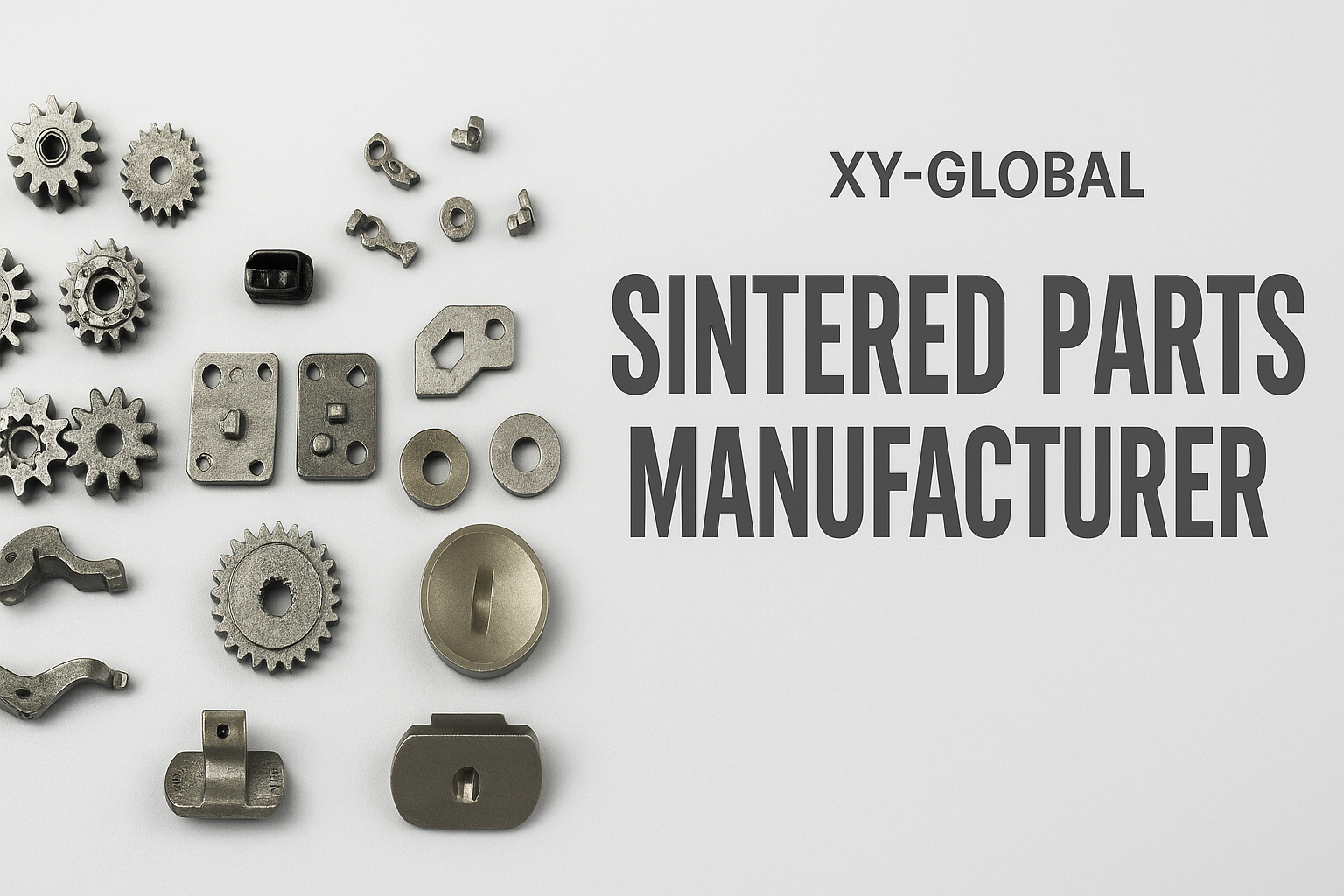The application range of powder metallurgy products is very wide, from general machinery manufacturing to precision instruments; from hardware tools to large machinery; from electronics industry to motor manufacturing; from civil industry to military industry; from general technology to cutting-edge high technology, powder metallurgy technology can be seen everywhere.

Oil immersion methods for powder metallurgy products:
- Heating oil immersion: Put the cleaned sintered products into 80~120℃ hot oil and soak for 1 hour. As the products are heated, the air in the connected pores expands. So that part of the air is discharged. After cooling, the remaining part of the air shrinks again, sucking the oil into the pores. Due to the good fluidity and high lubricity of hot oil, more oil can be immersed in the product. This oil immersion method is more efficient than ordinary oil immersion.
- Vacuum oil immersion: Put the cleaned sintered products into a vacuum box, seal and evacuate to -72 mmHg, then put engine oil into the vacuum box, heat it to 80℃, and keep it for 20~30 minutes.
Since the air in the interconnected pores of the product is extracted, the engine oil can be immersed in the product within 10 minutes. This method has high efficiency and fast speed.
- Ordinary oil immersion: Put the cleaned sintered product into the engine oil (generally No. 20~30 engine oil) and immerse it. The oil is immersed in the pores of the product under the capillary force of the product. This method has low oil immersion efficiency and long oil immersion time, which takes several hours. It is used in products with low oil content.
The operating principle of the powder metallurgy product oil immersion process is that the iron-based oil-containing bearing is sintered and then immersed in oil, and the powder metallurgy lubricating oil enters the pores of the product.
When the shaft rotates, dynamic friction with the sleeve generates heat; the bearing temperature rises, and the oil expands when it is heated; it flows out from the pores to the shaft and sleeve to automatically supply oil, and the oil film formed plays a lubricating and friction-reducing role.













Share:
Forging of Powder Metal
What Are the Parts of Powder Metallurgy Molds?